
Starting June 1st, 2023 Our warehouse fee will be $0.65/cubic foot per month
In effort to lower the warehouse storage fee during inflation, we have went narrow aisle racking.This construction took us four months but the project is finally completed. With narrow aisle racking, we are able to drop storage by 24%.We as partners will go through this inflation together.
02/20/2024
KEY POINTS:

A.P. Moller-Maersk, the second-largest global ocean carrier, is cautioning customers to brace for an extended Red Sea crisis potentially lasting into the second half of this year.
Charles van der Steene, regional president for Maersk North America, informs CNBC, "Unfortunately, we don't see any change in the Red Sea happening anytime soon." He recommends clients factor in longer transit times through Q2 and potentially Q3, urging them to incorporate these adjustments into their supply chain planning.
On January 5, Maersk suspended voyages through the Red Sea and Gulf of Aden indefinitely following an attack on the Maersk Hangzhou. Subsequent attacks on U.S.- flagged vessels, Maersk Detroit and Maersk Chesapeake, led the U.S. subsidiary, Maersk Line, Limited, to cease Red Sea transits.
Despite the U.S.-led Operation Prosperity Guardian in the region, Houthi rebels continue to threaten or attack commercial vessels. Maersk's cautious stance acknowledges the persistent safety risks. Longer transits around the Cape of Good Hope are causing delays, affecting trade consistency and supply chain reliability. Van der Steene advises U.S. companies to stay vigilant and adaptable in their supply chain strategies amid the Red Sea situation.
See more articles with the same topic "Red Sea":
Worries regarding rising container shipping costs following incidents in the Red Sea
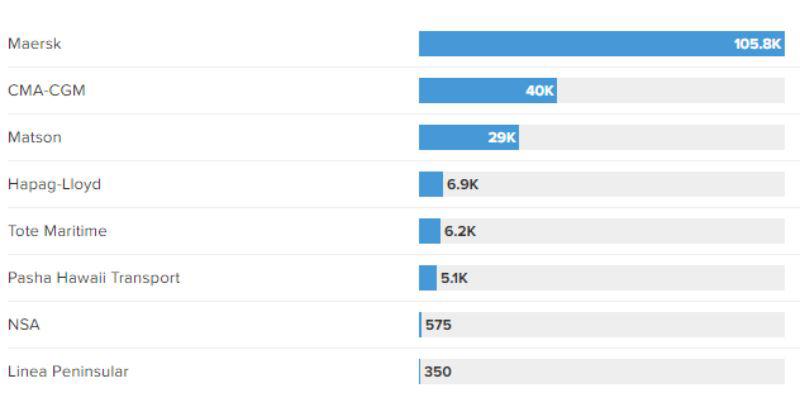
In 2023, Maersk ranked as the third-largest ocean carrier for U.S. exports, operating both U.S.-flagged vessels and a foreign-flagged fleet. The company emphasizes agility for customers, suggesting varied entry points into the North American market. Van der Steene urges flexibility in the face of uncertainty, reflecting Maersk's proactive approach to address challenges.
Sea-Intelligence data reveals deteriorating average delays for vessel arrivals, reducing vessel capacity, particularly impacting U.S. East Coast-bound ocean freight from Asia via the Cape of Good Hope.
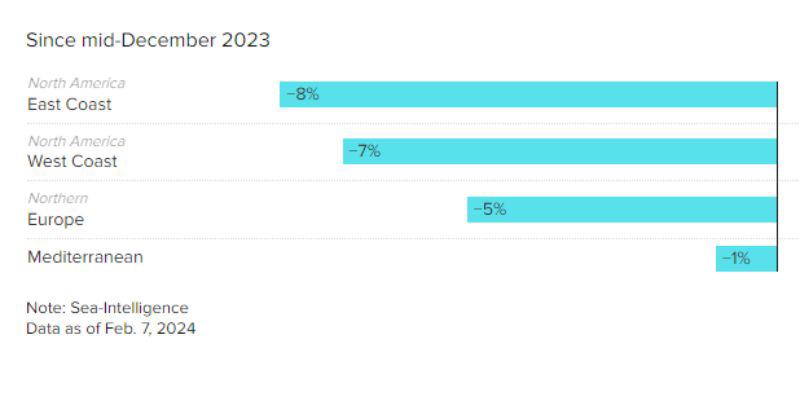
To maintain trade flow, Maersk increased vessel capacity by approximately 6%, incurring additional operational costs. Earnings concerns for 2024 include Red Sea disruptions and vessel oversupply, reflecting high uncertainty. Delivery timing and supply chain consistency are critical for U.S. businesses, with Maersk advising shippers to assess and quantify the impact on their supply chain costs.
Despite elevated ocean freight prices due to extended voyages, recent data suggests Red Sea-related inflation may be peaking. Maersk distinguishes this situation from the Covid supply chain inflation period, citing vessel overcapacity post-Covid freight industry recession.
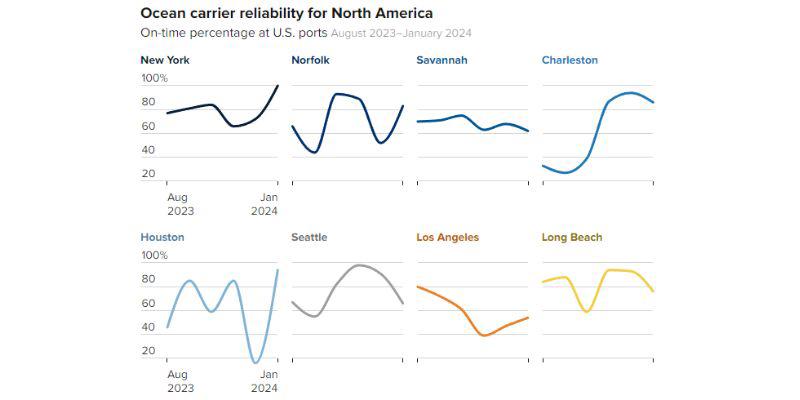
U.S. companies face multiple supply chain challenges, including Red Sea diversions, East Coast port labor negotiations, and the Panama Canal drought. Seeking alternatives to reduce transit time and costs, shippers explore ports in Mexico, the Pacific Northwest, and Los Angeles and Long Beach. Mexico presents a significant opportunity with nearshoring growth, surpassing China as the U.S.'s largest trade partner in recent trade data.
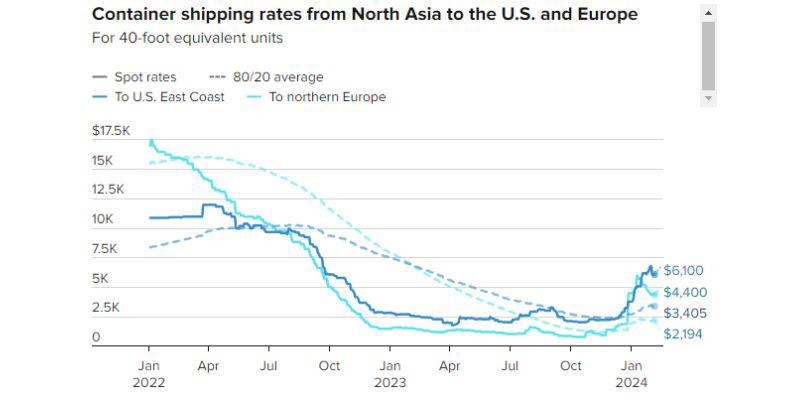
For East Coast trade originating from Oceania, Maersk expedites freight flow via rail instead of waiting for Panama Canal transit, addressing drought-related restrictions. Concerns about the Panama Canal persist, prompting Maersk to actively explore a more secure West Coast approach to mitigate throughput risks.
The article was compiled by WorldcraftLogistics.com from the official news source of CNBC. Follow us to update more new information.
SEO
Digital Marketing/SEO Specialist
Simon Mang is an SEO and Digital Marketing expert at Wordcraft Logistics. With many years of experience in the field of digital marketing, he has shaped and built strategies to effectively promote Wordcraft Logistics' online presence. With a deep understanding of the logistics industry, I have shared more than 500 specialized articles on many different topics.

Hot News
08/05/2024
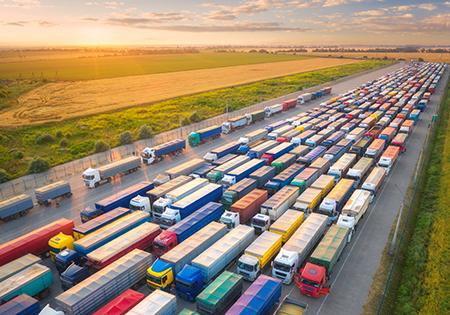
Hot News
02/23/2023

Hot News
02/23/2023
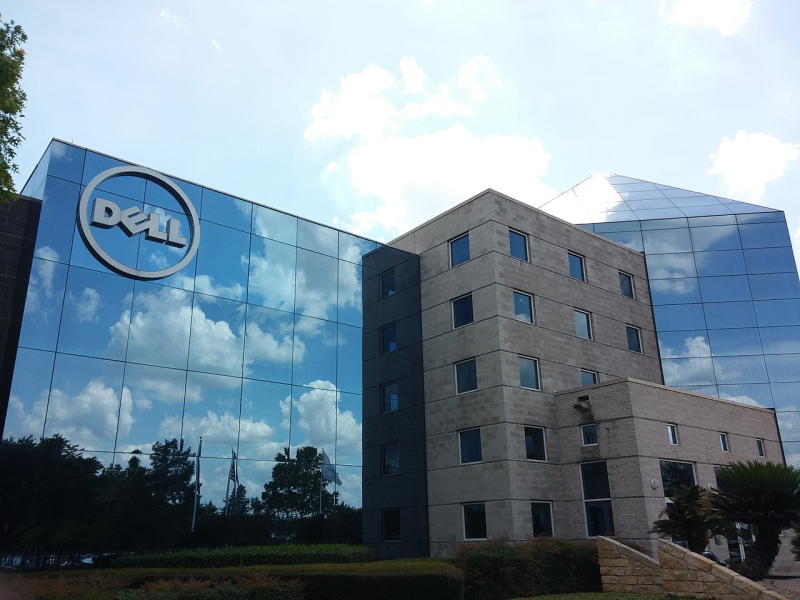
Hot News
02/06/2023
Hot News
02/07/2023